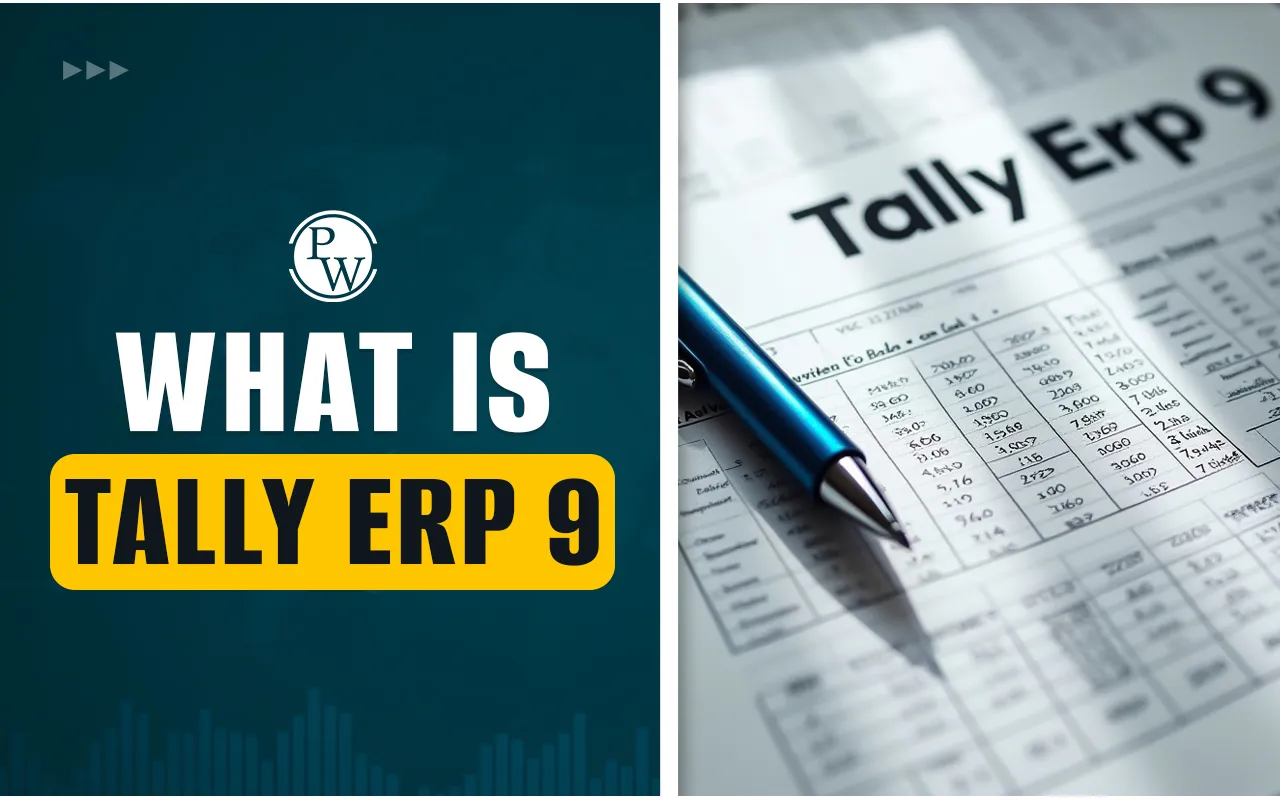

Return on Investment (ROI): Return on Investment helps measure how much profit you make compared to what you invest. ROI is expressed as a percentage, making it easier to compare different investments like stocks, real estate, or business ventures.
The ROI formula is simple, divide net profit by investment cost and multiply by 100. A higher Return on Investment ratio means better returns. Understanding ROI meaning helps businesses assess pricing strategies, capital investments, and financial decisions.
This guide covers ROI full form, how to calculate ROI, examples, and its pros and cons to help you evaluate investments effectively.
What is Return on Investment?
Return on Investment (ROI) is a financial ratio that measures how much profit an investment generates compared to its cost. It is expressed as a percentage, making it easier to compare different investments. The ROI full form is Return on Investment, and it helps businesses and investors assess the profitability of stocks, real estate, or business ventures.
For example, if you invest ₹10,000 in a business and earn ₹12,000, your ROI is 20%. A higher return on investment (ROI) signifies greater profitability. Understanding ROI helps in making better financial decisions and comparing investment opportunities.
How to Calculate Return on Investment (ROI)?
Return on Investment (ROI) measures the profitability of an investment by comparing the net profit to its cost. It is expressed as a percentage, making it easier to compare different investments.
ROI Formula
The standard ROI formula is:
ROI = (Net Profit / Cost of Investment) × 100
Another version of the formula is:
ROI = (Final Value of Investment − Initial Value of Investment / Cost of Investment) × 100
Steps on How to Calculate ROI
Step 1: Subtract the initial investment cost from the final investment value to get net profit.
Step 2: Divide the net profit by the total investment cost.
Step 3: Multiply the result by 100 to express ROI as a percentage.
Example Calculation
Suppose an investor buys stocks for ₹10,000 and sells them for ₹12,000 after a year. The net profit is ₹2,000. Using the ROI formula:
ROI = (2,000 ÷ 10,000) × 100 = 20%
This means the investor earned a 20% return on investment.
ROI helps businesses and investors compare investment opportunities, assess profitability, and make informed financial decisions.
Read More - List of Entry Level Finance Jobs in 2025
Pros and Cons of Return on Investment (ROI)
Return on Investment is a widely used financial metric that helps investors and businesses evaluate the profitability of an investment. It provides a clear percentage that indicates the potential return compared to the initial cost.
However, while ROI is a useful tool, it has both strengths and weaknesses. Below is a detailed analysis of its advantages and disadvantages:
Advantages of Return on Investment
ROI is popular because it is simple to use and offers valuable insights into investment performance. Here are some top benefits of using ROI:
1) Simple and Easy to Calculate:
ROI is a straightforward metric that requires only two figures: the net profit and the cost of investment. Its simplicity makes it easy to use across different industries and financial decisions.
2) Universal Financial Metric:
The return on investment ratio is widely recognized and understood in business and finance. This allows investors, companies, and analysts to compare profitability across different investment options.
3) Helps in Decision-Making:
ROI provides a clear percentage that helps businesses and investors decide whether to proceed with an investment. Higher ROI values indicate better returns, making it easier to compare multiple investment opportunities.
4) Applicable Across Industries:
ROI is used in various fields, including stock investments, real estate, business expansions, and marketing campaigns. This versatility makes it a reliable tool for assessing financial performance.
5) Identifies High-Performing Investments:
By calculating ROI, investors can distinguish between high-return and low-return investments. This helps in optimizing financial decisions and allocating funds to the most profitable opportunities.
Disadvantages of Return on Investment
Despite its benefits, ROI has some limitations that investors should consider. Here are the major drawbacks:
1) Does Not Consider Time Factor:
ROI measures profitability but does not account for how long it takes to achieve those returns. For example, an investment with a 50% ROI over five years may be less attractive than an investment with a 40% ROI in two years.
2) Ignores Risk Factors:
ROI does not take investment risk into account. Higher returns often come with greater risk, but ROI alone does not provide insight into potential losses or financial uncertainties.
3) Potential for Misinterpretation:
Different methods of ROI calculation can lead to varying results. Some businesses may exclude certain costs (such as taxes or maintenance) to present a higher ROI, leading to misleading conclusions.
4) Excludes Non-Financial Benefits:
ROI focuses solely on financial gains and does not consider other benefits, such as customer satisfaction, brand reputation, or environmental impact. This limitation makes it less useful for evaluating long-term strategic investments.
5) May Overstate Returns if Costs Are Omitted:
If all costs, such as transaction fees, operational expenses, and inflation, are not considered, the ROI calculation may give an inflated view of profitability. This may lead to poor investment choices.
While ROI is a valuable metric for measuring investment profitability, it has limitations, such as ignoring risk and time factors. To make better financial decisions, businesses should use ROI alongside other metrics like risk assessment and time-adjusted returns.
Understanding ROI is essential for a finance career, as it helps professionals evaluate investments, allocate resources efficiently, and support strategic growth.
Read More - What Is Capital Budgeting?
Build Financial Skills with the PW Financial Modeling Course
The PW Comprehensive Financial Modeling course with Deloitte Academy helps finance professionals and graduates develop essential skills in financial analysis, budgeting, forecasting, and investment decision-making. This program, designed in collaboration with Deloitte, includes real-world case studies and provides an industry-recognized certification, making it a valuable addition to your finance career. Strengthen your finance career with practical financial modeling skills. Join the PW Financial Modeling Online Course today!
FAQ
What is the full form and meaning of ROI?
What is the ROI formula?
How to calculate ROI?
Why is ROI important in finance?
What are the limitations of ROI?













